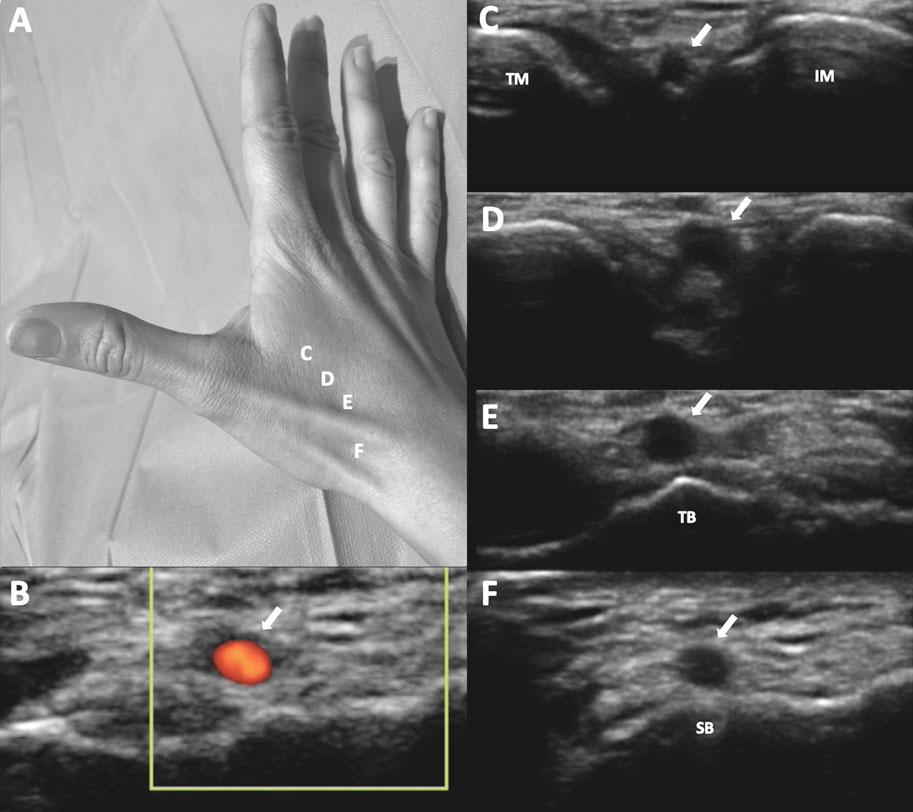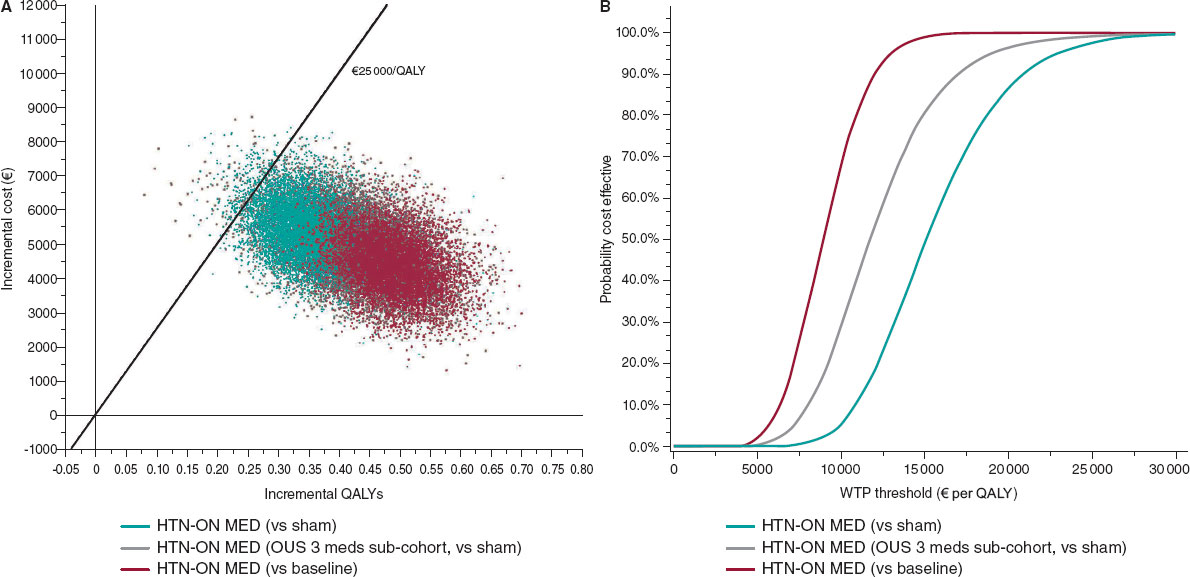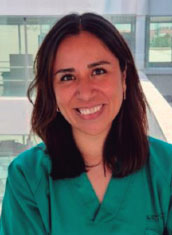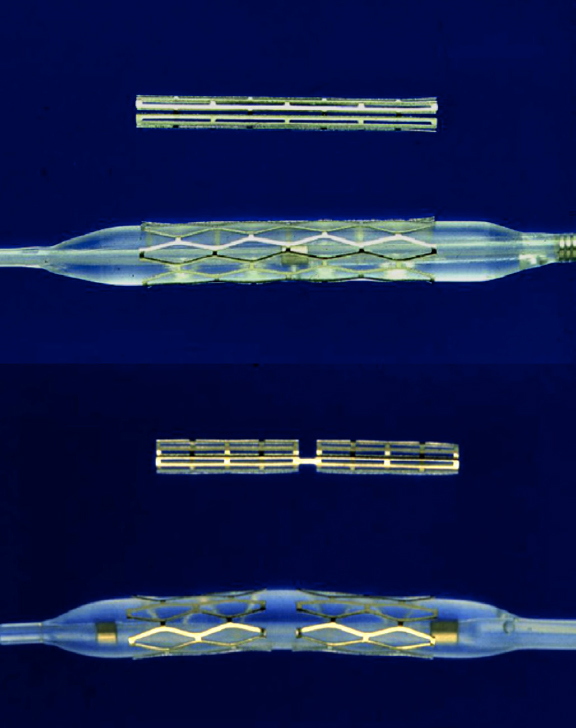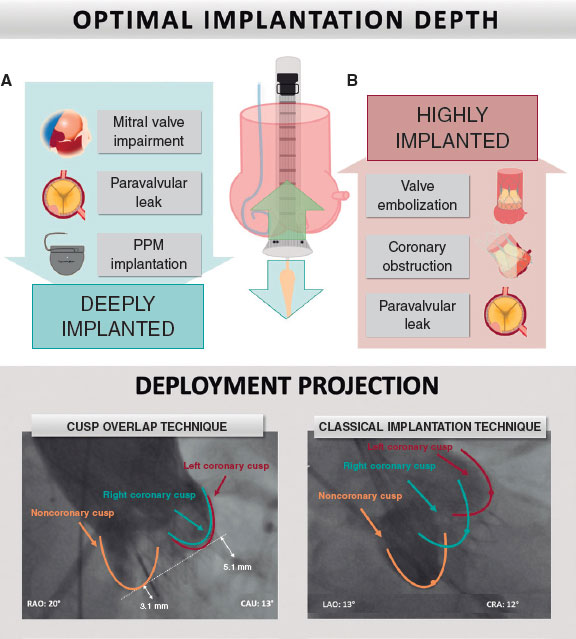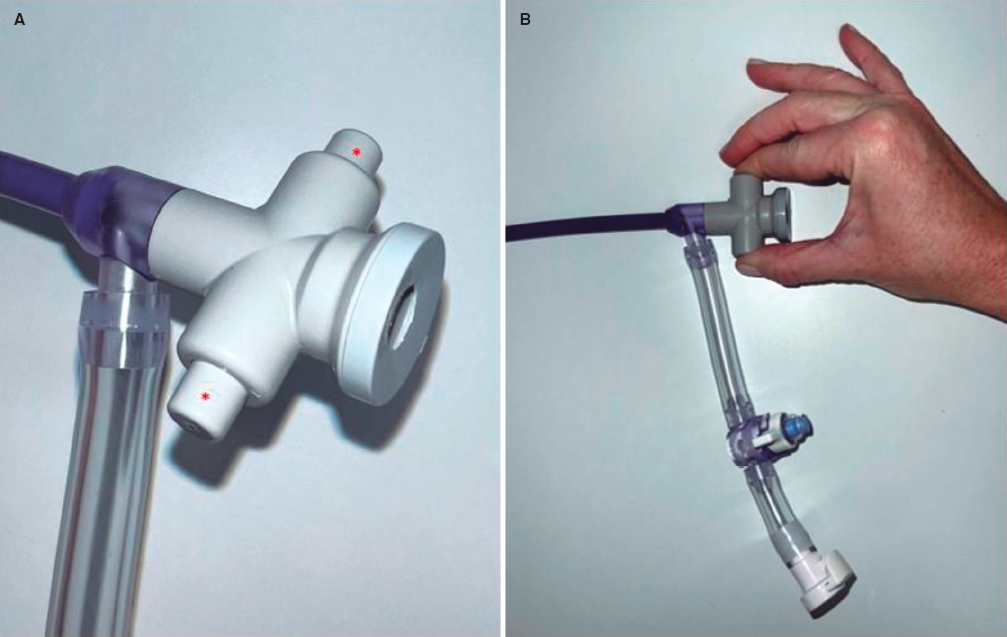Academic journals devoted to the field of interventional cardiology have become an unmatched source of information over the last decade or so, keeping us up-to-date with the latest developments and broadening our horizons as interventional cardiologists. As we celebrate the arrival of a new peer-reviewed journal in interventional cardiology, REC: Interventional Cardiology,1 we take the opportunity to reflect on recent developments in cardiology and contemplate the future direction of this dynamic and diverse specialty.
The development of coronary catheterisation by Sones in 1958, followed by the introduction of dedicated coronary catheters by Judkins and Amplatz in 1967, and ultimately, the introduction of percutaneous coronary intervention (PCI) by Grüntzig in 1977 established interventional cardiology as a subspecialty of general cardiology.2 The first coronary stenting procedures conducted by Sigwart and Paul in 1986 and the subsequent development of drug-eluting stents with succeeding iterations, along with other advances in device technologies, transcatheter techniques, and adjunctive pharmacotherapies, have facilitated treatment of more and more complex patients- and lesion-subsets with PCI. Coincidentally, the development of percutaneous interventions for the management of structural heart disease resulted in the emergence of a new subspecialty of cardiac transcatheter interventions: structural intervention. The inception of transcatheter aortic valve implantation (TAVI) by Cribier in 2002 revolutionised the treatment of aortic stenosis.3 More recently, transcatheter edge-to-edge mitral valve repair has been shown to be beneficial for moderate-to-severe or severe structural or secondary mitral valve regurgitation.4,5 Such advances have arguably resulted in structural intervention becoming the fastest growing subspecialty within the field of cardiology. The introduction of the electrophysiology study into clinical practice in the late 1960s, followed by the development of catheter ablation (initially through the delivery of high energy shocks to interrupt conduction, and later using radiofrequency current, the latter pioneered by Budde, Breithardt and Borggrefe) resulted in the widespread adoption of transcatheter therapies for the management of cardiac arrhythmias.6 In summary, the field of cardiac transcatheter interventions now includes three distinct subspecialties: coronary intervention, structural intervention, and catheter ablation.
The setting-up of subspecialties of transcatheter intervention is certainly beneficial to patients. It increases the availability of state-of-the-art cardiac care provided by highly-skilled physicians and allows the treatment of high-risk patients who would have previously been managed conservatively. Indeed, it has been shown that the management of patients by the relevant cardiology subspecialist reduces the length of hospital stay, cardiac readmissions, and mortality.7
However, the division of cardiology into niche subspecialties also has potential negative implications for patients and cardiologists alike. With respect to patients, highly subspecialised cardiologists may tend to be more focused on the condition or intervention at hand than on the patient as a whole. However, in our increasingly elderly cardiac patients, such conditions rarely occur in isolation: coronary artery disease, valvular heart disease, and cardiac arrhythmias frequently coexist. In addition, a cardiologist performing an intervention may not see the patient again before discharge and the success of the catheterization may be a distraction from the need to optimize other issues related to medical management, such as intensifying preventive therapies or optimising heart failure or antianginal medication. For both referring physicians and patients, the division of cardiology adds a degree of complexity to the referral process. It may be difficult for the referring physician to decide at the time of the referral what cardiology subspecialist will most appropriately manage the patient’s ailment.
Finally, for cardiologists, subspecialisation has resulted in more difficult training. Is it appropriate for trainees to start to perform catheter ablations before completing their basic cardiology training? Is it advisable that trainees start their training in structural intervention before being competent in performing coronary interventions? Either situation would seem ill-advised but the trade-off is longer training that adds to an already onerous training path in general cardiology.
There is also a risk of isolation from cardiology colleagues in other subspecialties. Ironically, at a time when both European and American guidelines for clinical practice recommend a multidisciplinary or “heart team” approach to the management of patients with valvular heart disease8,9 bringing together interventional cardiologists, cardiac surgeons, cardiac imaging specialists, and anesthesiologists, the specialty of cardiology has never been so divided. Structural interventional cardiologists now frequently work more closely with cardiac surgeons than with other cardiologists. Whereas, in the past, ward rounds on the cardiology ward often included cardiologists from numerous subspecialties covering all aspects of cardiac care, nowadays, in many centres, interventional cardiac subspecialties work independently from general cardiology or other subspecialties. We are beginning to reach a point where it can be difficult to set up a heart team with our own cardiology colleagues.
Whom does such a structure serve? Subspecialisation is defined by the operator and his expertise. Arguably such a structure is more physician- than patient-oriented, with each subspecialty managing one condition rather than the patient as a whole. However, we should not lose sight of the big picture. Our management goals should be patient-centred rather than diagnosis- or procedure-centred. In patients requiring multiple interventions from different subspecialties, decisions on the appropriate order of such interventions should be made collectively with our colleagues and not in isolation. As we continue to treat older, more complex patients with a heavier co-morbidity burden, co-operation between cardiology (and non-cardiology) subspecialties will become more important than ever.
In summary, while the arrival of highly-specialised cardiologists should be welcome, the side-effect of the division of cardiology should be avoided. United as cardiologists, we are in a stronger position to provide better care for our patients, exchange ideas, learn from one another, and collaborate on projects. We need to learn to have the courage to call ourselves cardiologists rather than let our subspecialties define us. Otherwise, if the current trend continues, future clinical practice guidelines in cardiology will need to advocate for a multidisciplinary approach between cardiology subspecialties in patient-care, while the current recommendations for a heart team approach between medical and surgical disciplines will take lower priority.
CONFLICTS OF INTEREST
The authors declare no conflicts of interest.
REFERENCES
1. REC:Interventional Cardiology. Available at: www.recintervcardiol.org/en.
2. Colleran R, Kastrati A. Percutaneous coronary intervention:balloons, stents and scaffolds. Clin Res Cardiol. 2018;107:55-63.
3. Cribier A. Commemorating the 15-year anniversary of TAVI:insights into the early stages of development, from concept to human application, and perspectives. EuroIntervention. 2017;13:29-37.
4. Feldman T, Foster E, Glower DD, et al. Percutaneous repair or surgery for mitral regurgitation. New Engl J Med. 2011;364:1395-1406.
5. Stone GW, Lindenfeld J, Abraham WT, et al. Transcatheter Mitral-Valve Repair in Patients with Heart Failure. New Engl J Med. 2018;379:2307-2318.
6. Wellens HJ. Cardiac arrhythmias:the quest for a cure:a historical perspective. J Am Coll Cardiol. 2004;44:1155-1163.
7. Pathik B, De Pasquale CG, McGavigan AD, et al. Subspecialisation in cardiology care and outcome:should clinical services be redesigned, again?Intern Med J. 2016;46:158-166.
8. Baumgartner H, Falk V, Bax JJ, et al. 2017 ESC/EACTS Guidelines for the management of valvular heart disease. Eur Heart J. 2017;38:2739-2791.
9. Nishimura RA, Otto CM, Bonow RO, et al. 2017 AHA/ACC Focused Update of the 2014 AHA/ACC Guideline for the Management of Patients With Valvular Heart Disease:A Report of the American College of Cardiology/American Heart Association Task Force on Clinical Practice Guidelines. Circulation. 2017;135:e1159-e1195.
Corresponding author: Deutsch Herzzentrum München, Lazarettstrasse 36, 80636 München, Germany.
E-mail address: kastrati@dhm.mhn.de (A. Kastrati).



